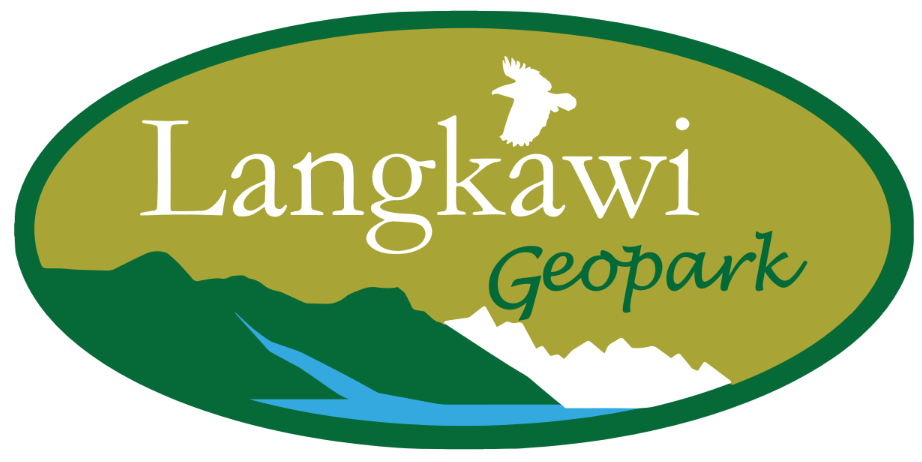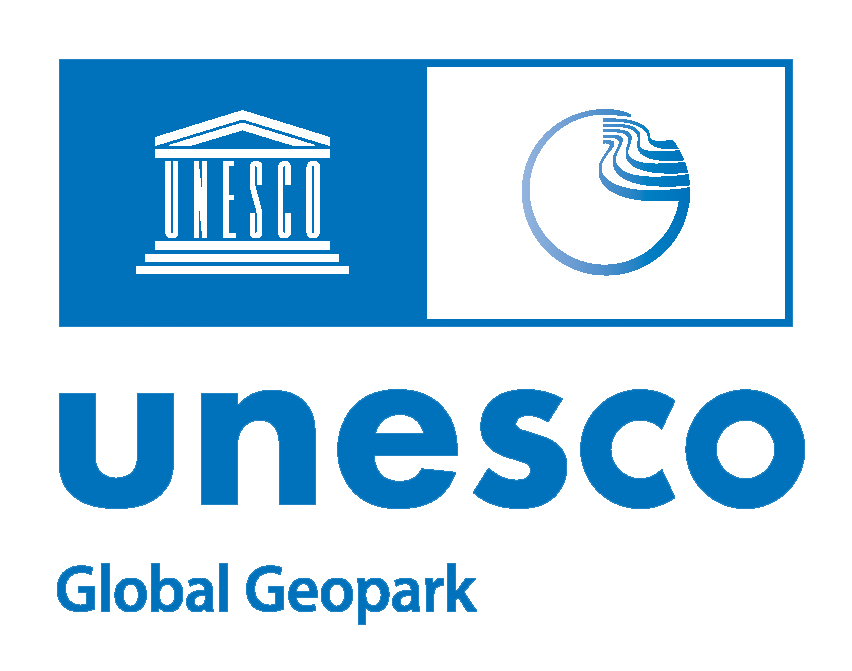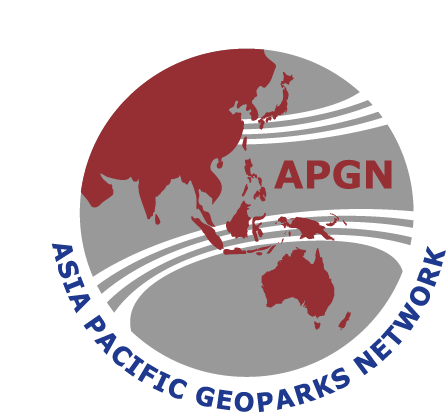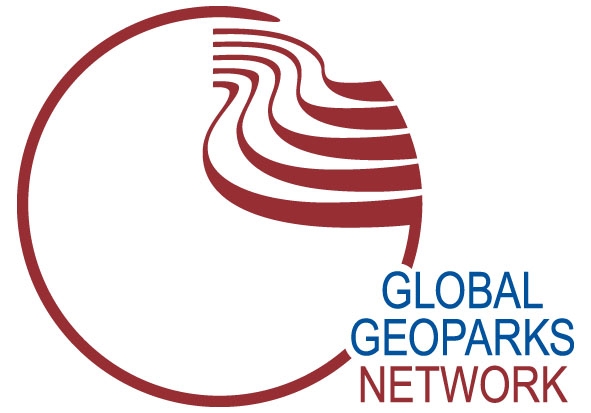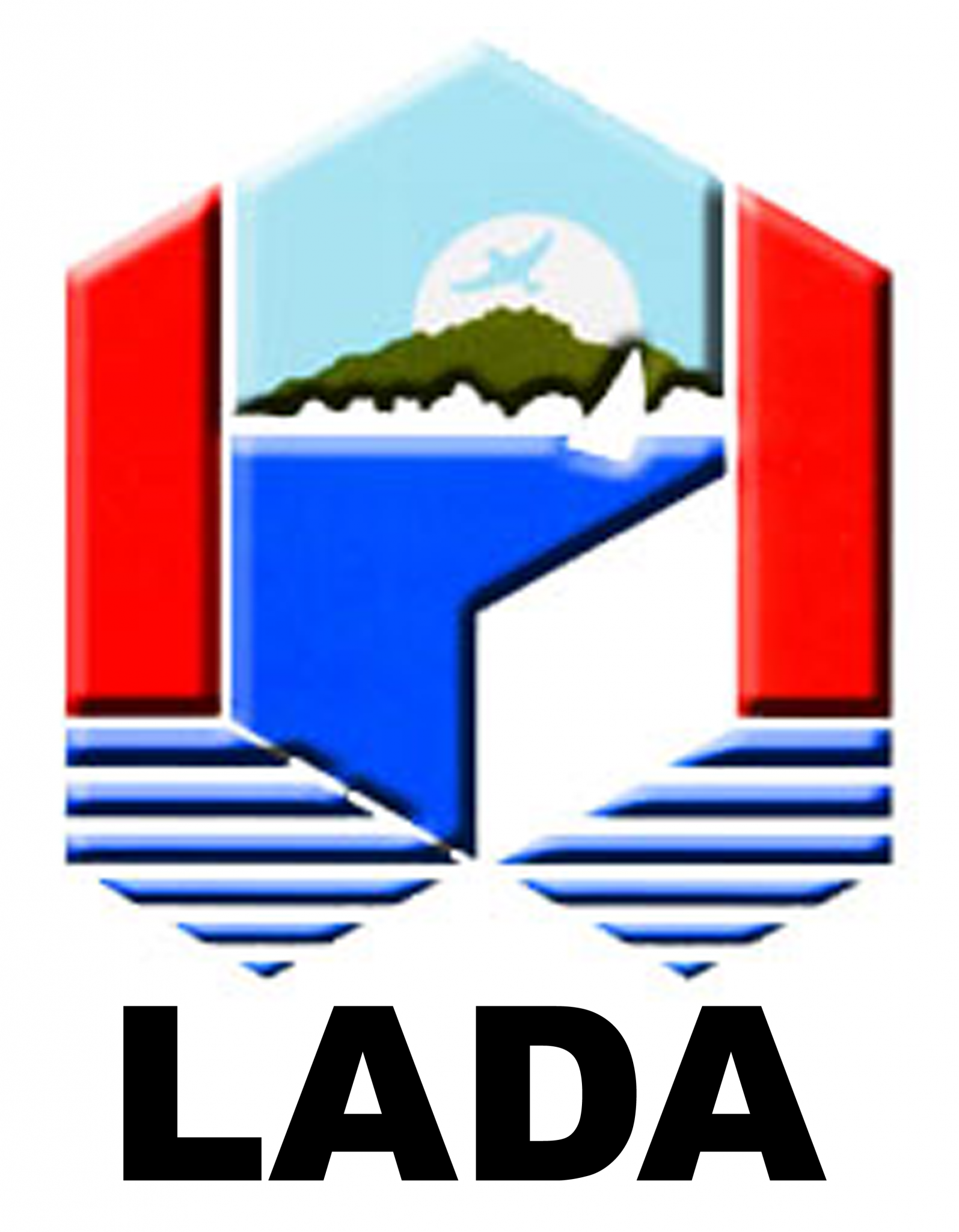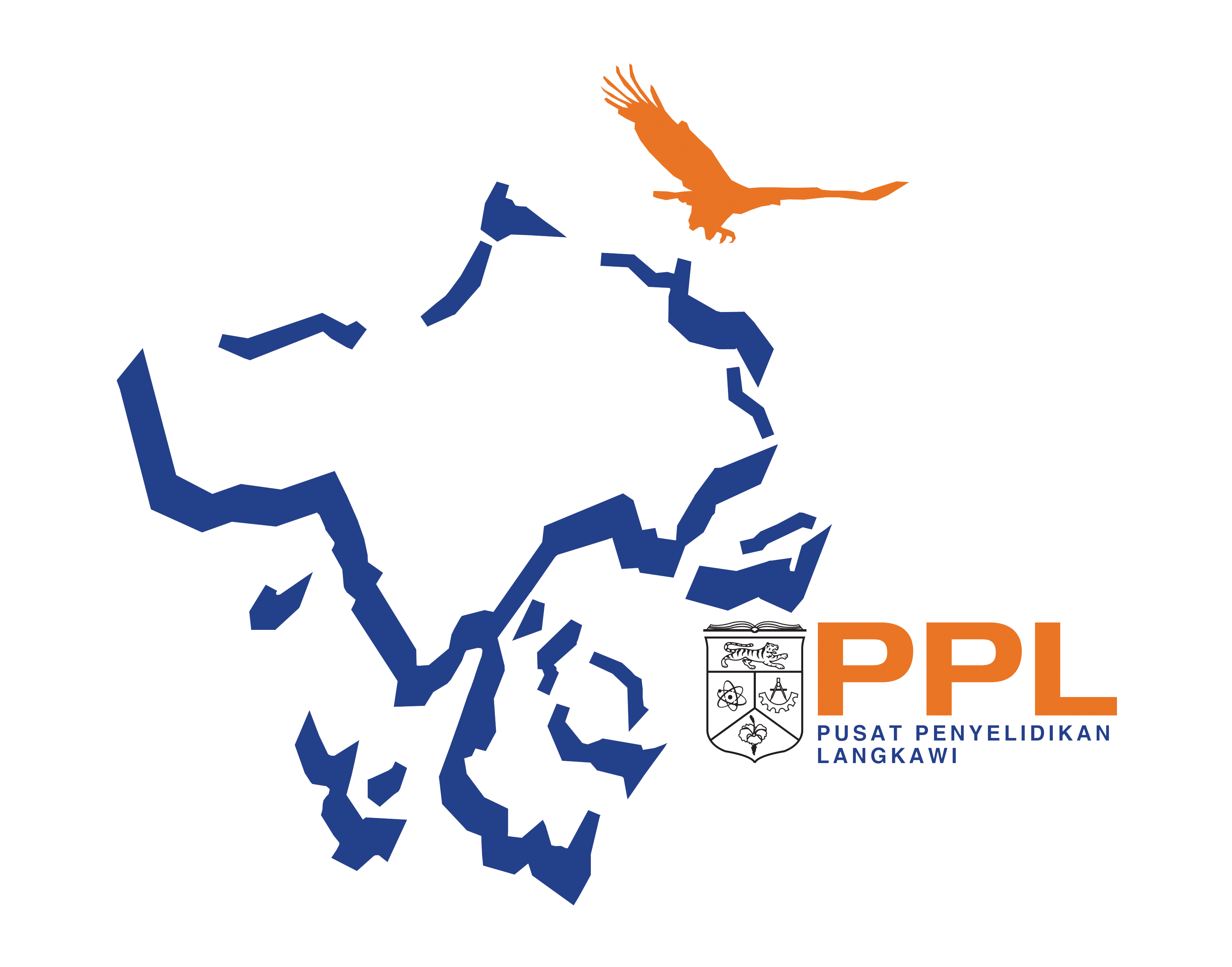Our
Geoforest
Parks
Langkawi UNESCO Global Geopark comprises all 99 islands of the archipelago, with three designated geoforest parks, and a recently designated biogeotrail. These are Machinchang Cambrian Geoforest Park (4,274 ha), Kilim Karst Geoforest Park (4,354 ha), Dayang Bunting Marble Geoforest Park (8,261 ha), and Kubang Badak BioGeoTrail (50 ha).
Kilim Karst Geoforest Park
Located in the east of Langkawi is the largest of the three main parks, Kilim Karst Geoforest Park, named after the river that runs through it, and the rock strata that predominate. The park is dominated by mangrove forests and picturesque karstic formations created through the dissolution and erosion of the limestone from the Setul Formation, which have produced numerous sea stacks, sea arches and pinnacles. The mangrove forests have created an environment for several rare species of flora and fauna such as the limestone cycad, which grows on vertical cliff faces, bright yellow sea hibiscus, and the iconic brahminy kite and sea eagle.
Attractions/Geosites to Visit:
Pulau Anak Tikus Fossil, Kilim Pinnacles & Karsts, Kisap Fault
Machinchang Cambrian
Geoforest Park
Machinchang Cambrian Geoforest Park, located in the northwest of Langkawi Island, is home to remarkable geological and biological assets, from a breathtaking mountain environment shaped by prolonged erosion and weathering creating barren peaks, vertical cliffs, crested ridges, narrow gorges and waterfalls, to its abundant and exotic flora and fauna, such as unique climbing bamboo or the majestic great hornbill which resides high up in the forest canopy, and can be viewed amidst magnificent panoramas atop the SkyBridge.
Attractions/Geosites to Visit:
Pasir Tengkorak Cross-Bedding, Machinchang Peak, Telaga Tujuh Waterfall
Dayang Bunting Marble Geoforest Park
Dayang Bunting Marble Geoforest Park is a five minute boat ride south from Langkawi’s main port. The island is named after its iconic lake, Dayang Bunting, or Lake of the Pregnant Maiden, as the contour of the hills along one side resembles a pregnant maiden. Over time, legends were spun, and it was said that drinking the lake water helped women with infertility. The lake itself was created by a large cave collapsing due to erosion resulting in loss of structural integrity. The island is characterised by a large thrust fault that runs north to south that has uplifted the older Setul limestone alongside the younger Chuping limestone, which gives the island impressive sea stacks, caves and sea arch formations.
Attractions/Geosites to Visit:
Pulau Ular, Pulau Tuba Sill, Pulau Singa Kechil Plateau
Kubang Badak BioGeoTrail
Kampung Kubang Badak is a unique tidal river estuary ecosystem full of geological diversity, pristine mangroves and a distinctive cultural history with the early settlement of the Thai community. The BioGeoTrail is a strategic partnership project between the Langkawi Development Authority (LADA), Langkawi Research Centre (PPL) and Sungai Kubang Badak Langkawi Limited. The objective is to create a sustainable new geo-tourism product for locals and foreign tourists to enjoy.
Attractions/Geosites to Visit:
Pulau Kubang Badak, Kampung Siam & Siam River, Pulau Jemuruk
